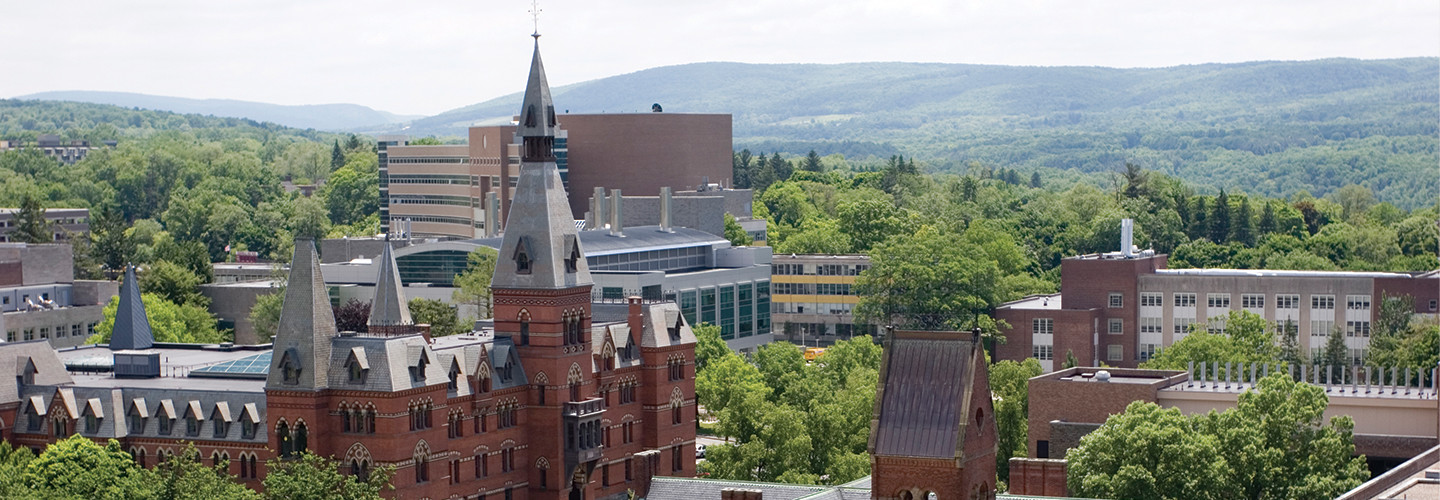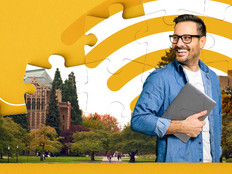Cornell Partners with New York Counties to Build IoT Network
A group of researchers at Cornell University are aiming to bridge the digital divide in New York state with a program that will set up an Internet of Things network from New York City to counties upstate on the Canadian border.
The National Science Foundation awarded a $1.5 million grant in August to Cornell engineers and researchers. They will work with community partners in each county around New York through the Cornell Cooperative Extension. The CCE is a network of independent associations located in each county in the state and the five boroughs of New York City that work with local communities to translate research into practical projects through data-based programs and services.
Under the grant, the CCE will set up networks based on low-power wide-area network (LPWAN) technology, which can support long-range wireless technology. The goal is for the network to help close the digital divide between the state’s urban and rural communities. The network will be constructed on a county-by-county basis, and then those pieces of infrastructure will be connected to each other.
“We aim to create a public Internet of Things model that works here and then becomes replicable for other states,” Max Zhang, a professor in Cornell’s Sibley School of Mechanical and Aerospace Engineering, tells the Cornell Chronicle. “We want to provide universal network coverage, ensure data privacy, promote responsible data-sharing, scale up successful Internet of Things implementations and spur technology innovation in underserved areas.”
RELATED: See how campus-city partnerships are advancing the Internet of Things.
IoT Could Help Close the Digital Access Gap
Zhang tells Smart Cities Dive the network could drive efficiencies in sectors such as agriculture, building management and traffic monitoring. However, the main point of the project is to expand access to the internet for New York residents.
The public LPWAN will focus on long-range, low-power and low-bandwidth applications. That could be especially useful in rural areas with poor cellular connections and limited broadband access.
“Lack of access to networked technology contributes to social, educational, informational and economic disparities,” Lee Humphreys, an associate professor of communication in Cornell’s College of Agriculture and Life Sciences, tells the Cornell Chronicle. “An Internet of Things contributes to greater social and economic opportunities, such as for young students to complete school assignments based on web information or for households to pay bills electronically.”
Partnerships among higher education institutions and local or regional governments have become a valuable way to develop, test and advance IoT initiatives. In Boston, for example, the city and Boston University are collaborators in SCOPE, the Smart-city Cloud-based Open Platform and Ecosystem. In Cleveland, Case Western Reserve University, Cleveland State University and the city work closely together through the Internet of Things Collaborative.








